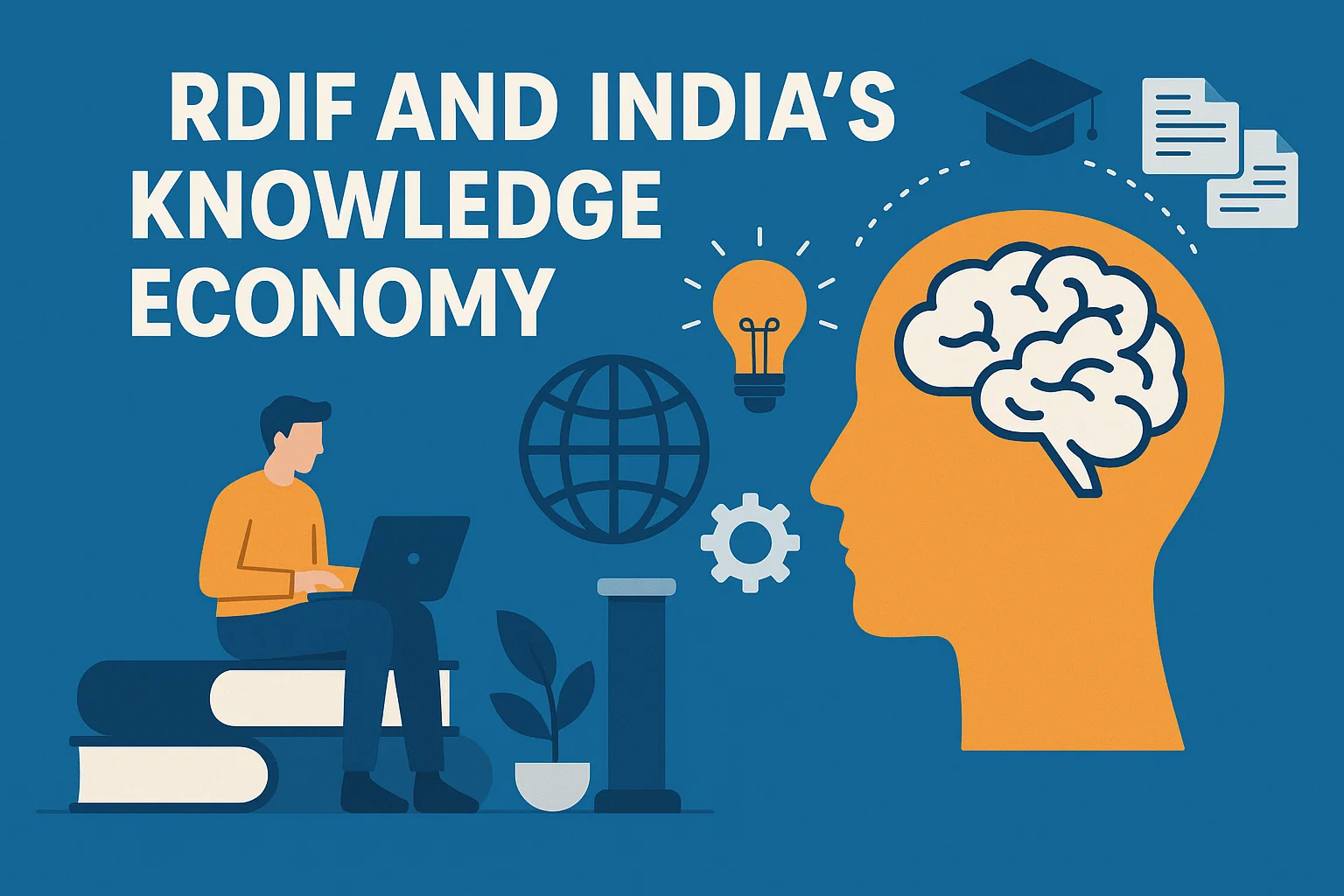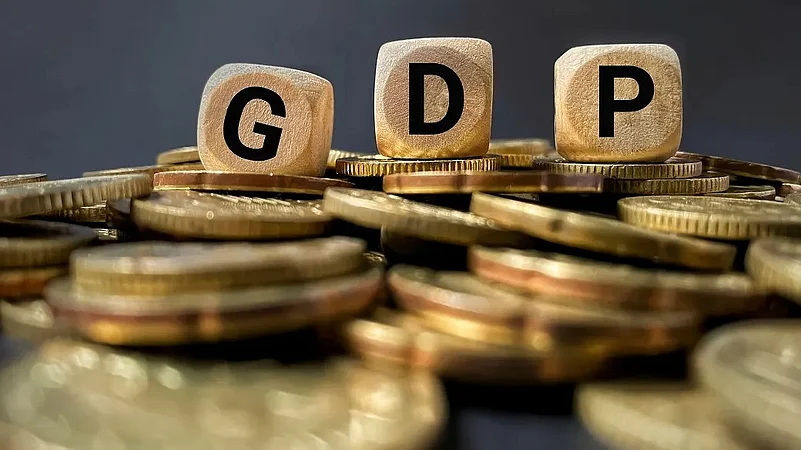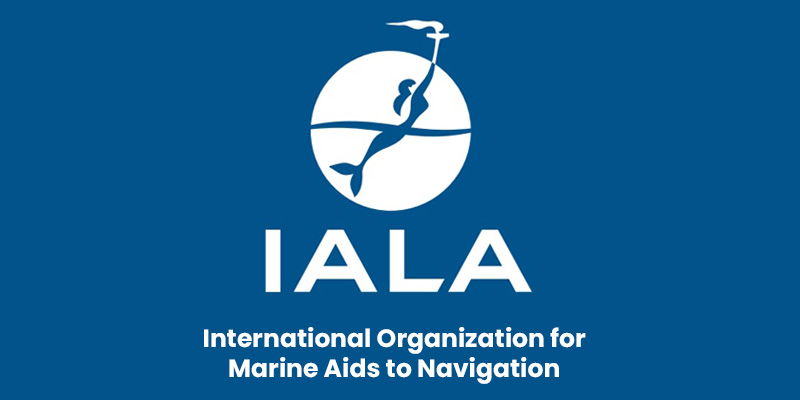RDIF and India’s Knowledge Economy
Explore how India’s ₹1-lakh crore Research, Development and Innovation Fund (RDIF) aims to transform India into a knowledge-driven economy through R&D financing, innovation, and high-skilled growth.
RDIF and India’s Knowledge Economy
The recent Nobel Prize in Economics (2025)—awarded for research on innovation-led growth—has reaffirmed a central economic truth: nations prosper not merely by accumulating capital but by creating and applying new knowledge. In this context, India’s launch of the ₹1-lakh crore Research, Development and Innovation Fund (RDIF) marks a historic step toward building a knowledge-driven economy, where innovation, ideas, and intellectual capital serve as engines of growth.
What is a Knowledge Economy?
A knowledge economy is one where knowledge creation, dissemination, and application form the basis of economic activity. Unlike traditional economies reliant on manual labour or natural resources, it thrives on intellectual capability, research, digital infrastructure, education, and innovation ecosystems.
Key enablers include:
-
Strong R&D infrastructure to convert ideas into technology.
-
Efficient information and communication technology (ICT) networks for knowledge dissemination.
-
Robust intellectual property rights (IPR) to protect and monetise innovation.
-
High-quality education and skill development to produce an innovation-ready workforce.
In this light, India’s RDIF is not merely a fund—it represents a structural transformation toward innovation-led development, bridging gaps in research funding and enabling a sustained innovation pipeline.

Significance of the Knowledge Economy
-
Sustained Long-Term Growth:
A knowledge economy enables continuous productivity gains by encouraging innovation and “creative destruction”—where obsolete technologies are replaced by superior alternatives. This ensures dynamic efficiency and long-term economic resilience. -
Global Competitiveness:
Knowledge-intensive industries such as biotechnology, artificial intelligence (AI), clean energy, and semiconductors are shaping global value chains. Nations that invest in these sectors secure strategic autonomy and export competitiveness, reducing dependence on low-skill, resource-based industries. -
High-Skilled Job Creation:
The knowledge economy creates high-wage, high-skill employment in R&D, data analytics, design, and engineering. It also promotes entrepreneurial ecosystems that support startups, deep-tech ventures, and spin-offs from research institutions. -
Solving Global Challenges:
Innovation-led growth empowers nations to tackle complex issues like public health crises, food security, and climate change through scientific and technological breakthroughs, making it central to sustainable development.
How Does the R&D Ecosystem Build a Knowledge Economy?
A vibrant R&D ecosystem is the engine that powers a knowledge economy by transforming raw ideas into usable technologies and marketable products.
1. Bridging the Innovation Gap:
India’s RDIF directly targets the “valley of death” between academic research and commercialisation. By providing patient capital for prototype development, validation, and demonstration, it enables deep-tech startups and research institutions to move innovations from lab to market.
2. Crowding-In Private Investment:
Currently, India’s private sector R&D spending (0.4% of GDP) lags behind economies like the US (2%) and China (1.8%). The RDIF aims to de-risk private investments by offering low-cost, long-term financing and equity participation, particularly in emerging technologies like AI, quantum computing, and advanced materials.
3. Creating a Self-Sustaining Innovation Cycle:
Unlike traditional grant-based models, RDIF’s debt-plus-equity framework promotes accountability and commercial discipline. Successful projects repay or reinvest profits into new ventures, recycling capital and creating a perpetual innovation engine.
4. Strengthening Institutional and Governance Frameworks:
The RDIF model—managed by specialised fund managers and professional R&D boards—will foster stronger industry-academia linkages, improve research governance, and ensure outcome-oriented funding. This institutional architecture enhances transparency and maximises innovation spillovers across sectors.
Conclusion:
India’s aspiration to become a Viksit Bharat by 2047 hinges on its ability to shift from factor-driven growth to knowledge-driven prosperity. The Research, Development and Innovation Fund (RDIF) serves as a transformative policy instrument, bridging financial gaps in innovation, catalysing private R&D, and nurturing a culture of experimentation and entrepreneurship.
By enabling deep-tech progress, promoting institutional excellence, and aligning innovation with national priorities, the RDIF places India firmly on the path toward becoming a global knowledge powerhouse — one where ideas, not just industries, drive economic destiny.
Subscribe to our Youtube Channel for more Valuable Content – TheStudyias
Download the App to Subscribe to our Courses – Thestudyias
The Source’s Authority and Ownership of the Article is Claimed By THE STUDY IAS BY MANIKANT SINGH





